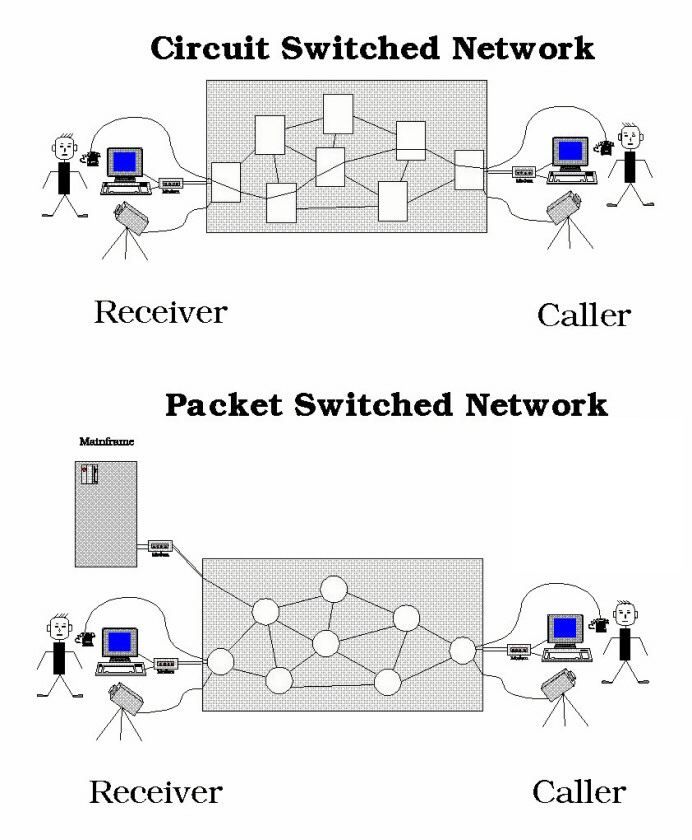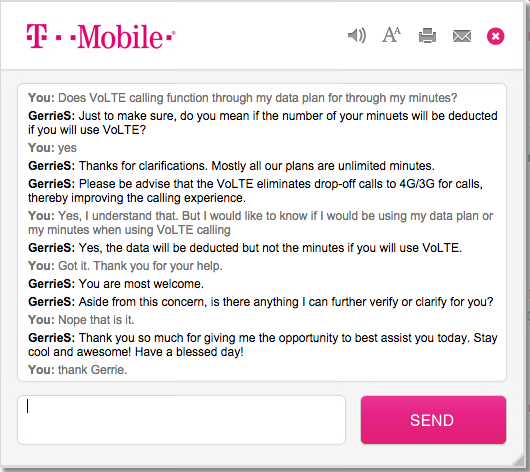VoLTE, what does it mean for devices, coverage and your mobile service?

Last week, T-Mobile announced that ⅓ of its calls are now made over VoLTE. Verizon deployed nationwide VoLTE in September of 2014 and in the same FierceWireless article stated it has sold over 35 million VoLTE-capable devices since the launch. The acronym, meaning “voice over LTE” seems to be the latest buzzword within the mobile carrier industry. But what is VoLTE exactly? Is it the same as VoIP?
VoLTE and VoIP are similar but different. VoIP, or “voice over IP”, is a technology that allows voice calls to be routed through any internet connection, such as mobile data provided by your wireless carrier or a traditional internet connection at your home or office. Apps like Skype or Viber are built on VoIP technology. Conversely, VoLTE is integrated directly into your mobile device’s dialer and only works over an LTE mobile data connection.
With VoLTE, customers will experience better call quality, but right now the real advantage of voice over LTE is for mobile carriers. Prior to VoLTE, devices used older network technologies (2G/3G) to route voice calls, and LTE was strictly used for data. This is because voice calls had to use circuit-switching paths and LTE uses packet-switching paths.

VoLTE gives mobile carriers the ability to send both voice calls and data through the packet-switched paths. Routing calls over an LTE network thus enables mobile carriers to free up bandwidth used for voice to further grow their LTE network coverage. Hopefully, this means that older voice technologies which use 2G/3G and are specifically tied to GSM or CDMA will be unnecessary one day.
But in order for that to actually happen mobile carriers probably need to offer the same coverage for LTE as they do for 2G and 3G, and they’ll all need to deploy interoperable VoLTE service. If all of that really does happen, it will make choosing a mobile device a lot easier, since LTE devices with VoLTE support should work on any of the four major US carriers and their MVNO partners.
Unfortunately, like every other major technology upgrade in mobile networking, these transitions take a lot of time and cost a lot of money. Since the transition is slow, devices coming out today typically support LTE as well as one of the older network infrastructures; GSM or CDMA for voice. Though there are now a few devices available that can connect to all three technologies, such as the iPhone 6s and the Nexus 6P. Both of these devices have VoLTE capabilities and come equipped with all the radio receivers required to connect to almost any LTE, GSM and CDMA network. But it’s worth noting these are the most expensive devices available to date.
As for carrier support, currently customers on AT&T and T-Mobile have at least some VoLTE coverage. Verizon is the only carrier that advertises nationwide VoLTE. Meaning customers with one of those 35 million VoLTE devices Verizon has sold this year should technically never have to use CDMA fallbacks. But even Verizon isn’t yet confident enough in its LTE and VoLTE coverage to roll out an LTE-only device. They’ve said that might happen in 2016.
In its current state, it seems there are a few more factors other than an LTE connection for VoLTE to truly replace older 2G/3G voice technologies. So while VoLTE and VoIP are similar in the sense that they both use an internet connection to transmit calls. They are clearly different in terms of usability. VoIP will work on any internet connection, even older 2G or 3G data connections. While VoLTE can only use an LTE data connection.
But assuming your device supports VoLTE, your carrier supports VoLTE, and there’s LTE coverage in your area, you should be experiencing clear calls and fast downloads all at the same time! There’s still one question though. Everyone knows that using a VoIP app on a mobile data connection will count against your data balance. But does VoLTE use your minutes or your data?
Right now it’s a bit unclear. Most media coverage on VoLTE indicates that VoLTE uses your minutes. And because unlimited minutes come with most mobile plans in the US, VoLTE should have no effect on your monthly bill. But none of the three major VoLTE carriers (Verizon, AT&T and T-Mobile) clearly indicate this on their websites. And in fact, after a recent conversation with a T-Mobile representative, it seems VoLTE may use your data plan instead.

Now that mobile phone plans are structured around data allotments rather than minute/SMS allotments, it’s important to understand what uses data. Since data usage is really the only service that impacts your monthly mobile bill, it would be nice if carriers made VoLTE billing more clear.
VoIP applications most certainly use mobile data when not connected to a WiFi or a landline connection. That is a fact, but most consumers understand that and can choose a data plan accordingly or decide not to use VoIP if they want to conserve data. VoLTE on the other hand seems to muddy the waters between minutes and data, adding another opaque layer to your mobile carrier plan.
Before turning on VoLTE on your device, check with your carrier to see if it eats into your unlimited minutes or limited data plan which could result in costly overages. You may be surprised.